In this video I discuss what is glycogen, some of the functions of glycogen, and how many carbs to fill glycogen stores. I also discuss where glycogen storage takes place and how much glycogen is stored in the body. Transcript What is glycogen? To answer this, we are going to start with carbohydrates. When we eat carbs, our body breaks them down into what is called glucose. Glucose is the main source of energy, or fuel for cells. When the cells are full of fuel, the body takes this extra energy and converts it to glycogen. So, glycogen is a form of energy storage in the body. It is estimated that the body stores about 2000 calories worth of energy as glycogen. It gets stored in mainly 2 places, in muscles, and in the liver. Glycogen that is stored in the liver can be used by other organs and cells in the body. Glycogen that is stored in muscles is not shared, so it is used only by muscle cells. It is estimated that The liver will store about 400 calories of energy, and muscles will store about 1600 calories of energy. Now we are going take a basic look at how this works. Lets say that jack here is about to eat. His liver glycogen tank is ¾ full, and his muscle glycogen tank is 3/4 full. Jack eats his meal, and the carbs are broken down into glucose. Some of this glucose is sent by the liver, into the bloodstream to cells throughout his body. The liver takes the extra glucose and converts it to glycogen and stores it for later use, filling up his liver glycogen tank. In between meals when energy is needed, the liver breaks the glycogen down into glucose and releases it into the bloodstream, as you can see the glycogen tank starts to empty until jack eats again. One note here, fat can also be converted to energy to be used, and I will cover that in another video. The process will be similar in the muscles. Jacks muscle glycogen tank was ¾ full before his meal. After his meal, the tank is full. In between meals, jack is moving around, causing his muscle glycogen tank to become depleted.
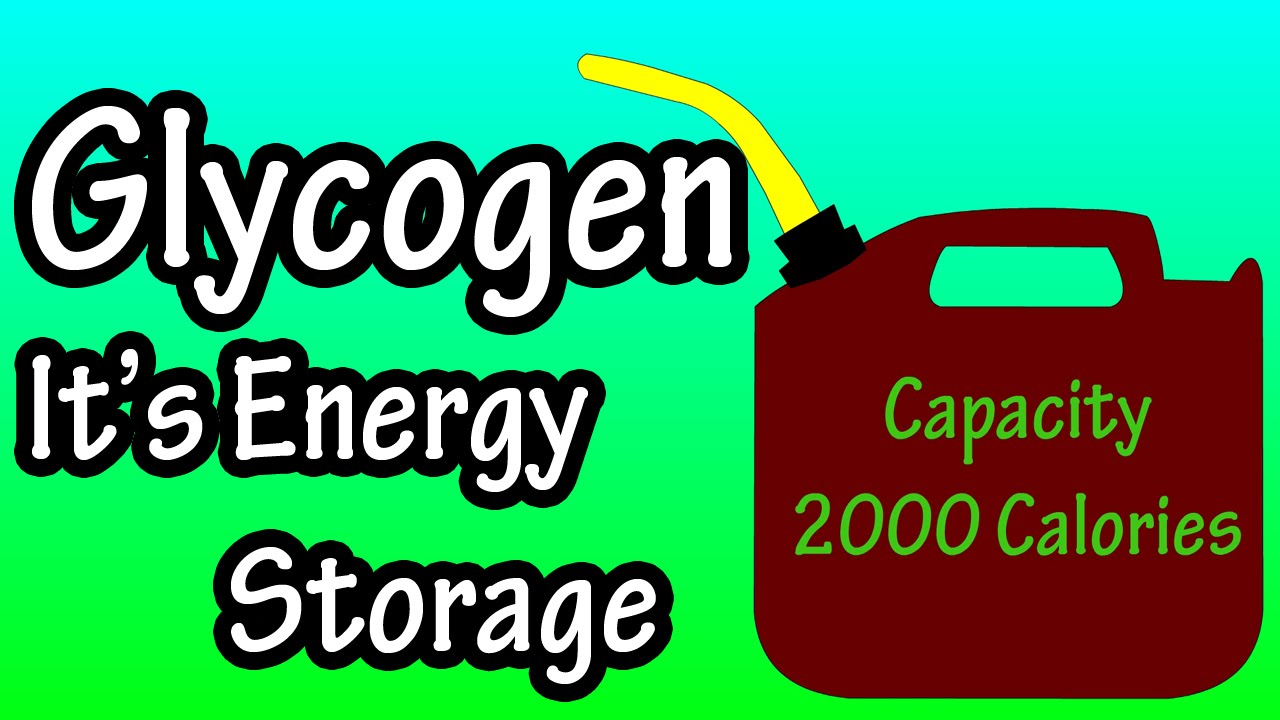
Glycogen – What Is Glycogen?
- Post author:
- Post published:May 24, 2021
- Post category:Uncategorized
- Post comments:0 Comments
You Might Also Like
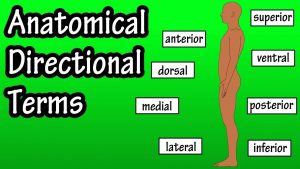
Anatomical Position And Directional Terms – Anatomical Terms – Directional Terms Anatomy

Atenolol For High Blood Pressure, Chest Pain and Survival After Heart Attacks – Overview
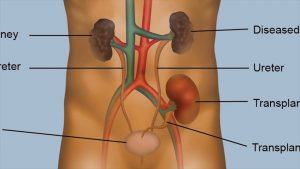
What Is Kidney Transplantation – Benefits- Risks
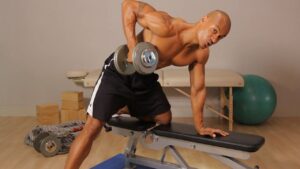
Latissimus Dorsi Bent Over Row-3
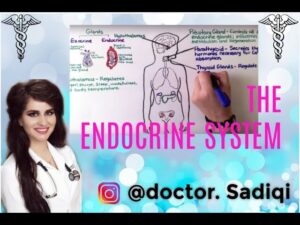
THE ENDOCRINE SYSTEM EXPLAINED UNDER 4 MINUTES!!!!

Normal range of platelet count & should one worry if it is elevated? – Dr. Sanjay Panicker
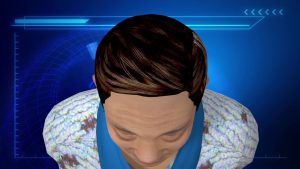
What is President Trump’s hair loss drug and how does it work?
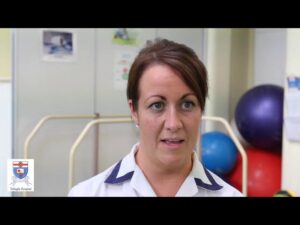
Branches of Physiotherapy Video – 32

Pre-Exhaustion Protocol: Straight Arm Pulldown to Chin-Up Superset

Pharmacology – DRUGS FOR HYPERLIPIDEMIA (MADE EASY)
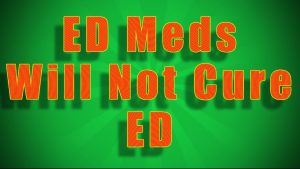
ED Medication Will Not Cure Erectile Dysfunction

Estrogen Dominance

Steroids Effect on the Liver and Other Organs

Pharmacy/drug animation (Commercial Work)

Preacher Hammer Curl – Biceps Exercises
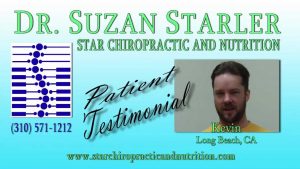
Lower Cholesterol Levels and Weight Loss From Nutrition Response Testing
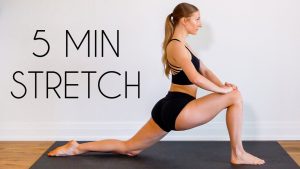
5 MIN DAILY STRETCH – An everyday, full body routine
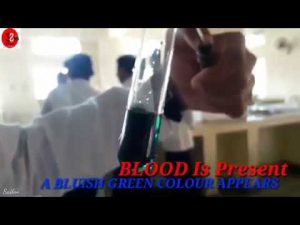
Blood Benzidine Test | Detection Of Blood In Urine | Urine | Bio-Chemistry

Sports Injuries Video – 2
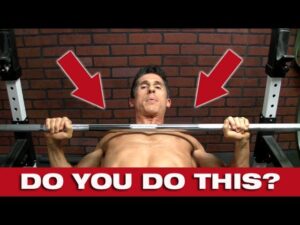
How to Bench Press WITHOUT Pain – Reverse Grip Bench!!

The Science of Aging

Radiology Video – 2

Physiotherapy in Rehabilitation Video – 9

GABA REVIEW | EPISODE #23 SUPPLEMENT SATURDAY

Plastic Surgery Video – 1

WHAT I EAT IN A DAY | WEIGHT LOSS MEAL PLAN FOR WOMEN

Urea & Creatinine

Soaps, Shampoo, Lotions Video – 3
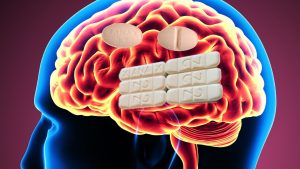
This is what happens to your brain when you take Xanax
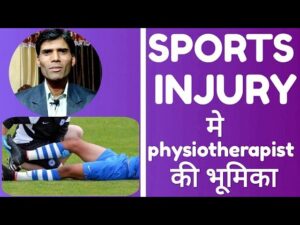
Sports Physiotherapy Video – 2

Lipotoxicity: How Saturated Fat Raises Blood Sugar

Three Examples of Cardiorespiratory Endurance : Fitness Training

Blood Pooling in Hand

Is it possible to GAIN WEIGHT while eating WHOLE FOODS??

This Surprising Test Reveals Your True Body Type | Know your body for better result – in hindi

Barbell Bench Press-2

Advantages Of Yoga Video – 1

Orlistat

Awesome Nutrition Plan

Hip Flexor Stretch – Done Correctly

Things you must know before taking BCAA Supplements | HINDI

